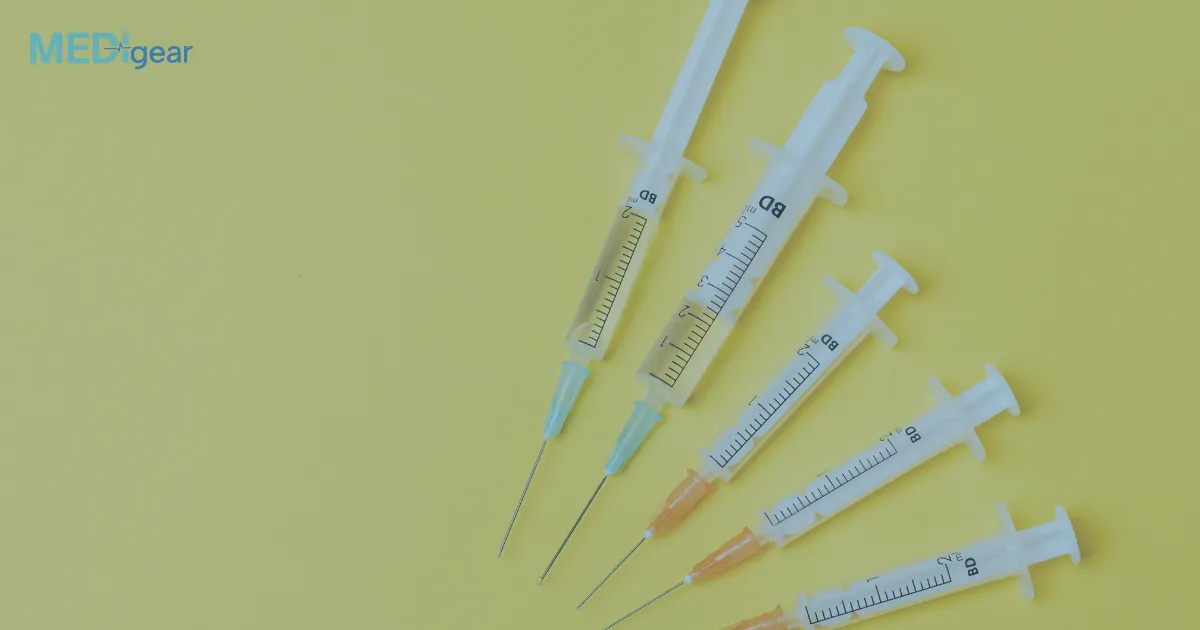Radiopharmaceuticals are essential in nuclear medicine for both diagnosis and therapy — helping visualize organ function, detect tumors, and deliver targeted radiation. The precision, safety, and timing of radiopharmaceutical delivery are critical to ensure accurate imaging and minimize radiation exposure.
Automatic injector systems have revolutionized how these radioactive agents are administered, offering accuracy, reproducibility, and radiation protection that manual injection methods cannot match.
This article explores how automatic injector systems work, their components, benefits, and their vital role in modern nuclear medicine workflows.
1. What Are Automatic Injector Systems?
Automatic injector systems are computer-controlled devices that deliver radiopharmaceuticals intravenously with precise control over volume, flow rate, and timing.
They are primarily used in:
- PET (Positron Emission Tomography)
- SPECT (Single Photon Emission Computed Tomography)
- Hybrid imaging modalities such as PET/CT or PET/MRI
These systems ensure consistent delivery of the radioactive tracer — a critical factor in obtaining reliable quantitative imaging results.
2. Why Automation Matters in Radiopharmaceutical Delivery
Manual injection of radiopharmaceuticals poses several challenges:
- Radiation exposure to the technologist
- Inconsistent dosing due to variations in manual handling
- Imprecise timing, especially in dynamic or gated imaging studies
Automatic injectors eliminate these issues through controlled, shielded, and automated processes. The system calculates, prepares, and injects the correct dose at a defined moment, synchronized with the imaging scanner’s acquisition sequence.
This synchronization is particularly crucial for dynamic PET studies, where tracer kinetics must be measured precisely from the moment of injection.
3. Key Components of an Automatic Injector System
Automatic injectors typically consist of the following integrated components:
a. Control Console
The console allows the operator to set parameters such as:
- Injection volume
- Flow rate
- Injection delay or synchronization with scanner trigger
- Rinse and flush volumes
It provides real-time monitoring and displays the injection profile for documentation.
b. Syringe or Reservoir Module
This module holds the radiopharmaceutical dose, usually enclosed in a lead or tungsten shield to minimize radiation exposure.
It may include:
- A primary syringe for the radiotracer
- A saline flush syringe to clear the line after injection
- Automated dose calibration capabilities in some advanced systems
c. Tubing and Catheter Assembly
The sterile tubing system connects the injector to the patient’s IV line. Dual-channel setups allow sequential delivery — first the tracer, then the saline flush — ensuring the entire dose reaches circulation.
d. Radiation Shielding and Safety Sensors
Built-in radiation shielding and leak detection sensors protect both the operator and the patient. Safety interlocks prevent accidental injection or overpressure events.
4. How Automatic Injectors Deliver Radiopharmaceuticals
The delivery process typically follows these steps:
- Dose Preparation
The radiopharmaceutical is drawn into a shielded syringe or loaded directly from a dose-dispensing system under sterile and radiation-safe conditions. - Parameter Setting
The technologist programs the console with patient-specific parameters such as body weight, tracer type, and injection volume. - Synchronization with Imaging System
The injector is synchronized with the imaging scanner — ensuring that tracer injection coincides exactly with the start of image acquisition. - Automated Injection and Flush
The system delivers the radiopharmaceutical at a controlled rate. Afterward, a saline flush clears residual tracer from the IV line, ensuring complete dose administration. - Data Logging
The injector records the injection parameters (time, flow rate, volume, pressure) for quality control and dose documentation — crucial for both clinical reporting and regulatory compliance.
5. Advantages of Automatic Injector Systems
a. Improved Precision and Reproducibility
Automated injectors ensure that every patient receives the same dose under the same conditions, improving image consistency across scans and time points.
b. Reduced Radiation Exposure
Operators remain behind protective barriers or outside the scanner room, drastically lowering occupational radiation exposure during dose administration.
c. Enhanced Workflow Efficiency
Automated injectors streamline nuclear medicine operations by reducing manual handling, saving time, and allowing more patients to be scanned in a day.
d. Synchronized Imaging
In time-sensitive scans — such as cardiac perfusion PET — accurate synchronization between tracer injection and image capture is vital. Automatic systems ensure this coordination with millisecond precision.
e. Data Integrity and Compliance
Electronic logging of dose details supports traceability, quality assurance, and compliance with radiation safety regulations.
6. Common Applications in Nuclear Medicine
Automatic injector systems are used in:
- PET oncology scans for tracers like ¹⁸F-FDG, ⁶⁸Ga, and ⁶⁴Cu
- Cardiac imaging for perfusion or metabolic studies
- Neurological PET for assessing brain metabolism and receptor binding
- Theranostics, where diagnostic and therapeutic radiopharmaceuticals are combined for personalized treatment monitoring
7. Future Innovations
Emerging developments are making automatic injectors smarter and safer:
- AI integration for adaptive dosing and predictive maintenance
- Closed-loop systems that adjust flow rates based on real-time patient feedback
- Wireless connectivity with hospital PACS and EHR systems for automated record transfer
- Disposable sterile kits to minimize cross-contamination and simplify workflow
Future systems may even incorporate robotic dose drawing and automated patient identification, further reducing human intervention and improving safety.
Conclusion
Automatic injector systems have become indispensable in nuclear medicine by ensuring precise, reproducible, and safe radiopharmaceutical delivery.
By automating injection, protecting operators from radiation, and synchronizing seamlessly with imaging systems, these devices enhance both diagnostic quality and clinical safety.
As technology advances, the integration of AI, robotics, and digital connectivity will continue to redefine how radiopharmaceuticals are administered — ensuring that every injection is as precise as the images it helps capture.
Disclaimer:
This blog is for educational and informational purposes only. It is not a substitute for professional training or manufacturer guidance. Always follow institutional protocols and equipment instructions when operating automatic injector systems.






